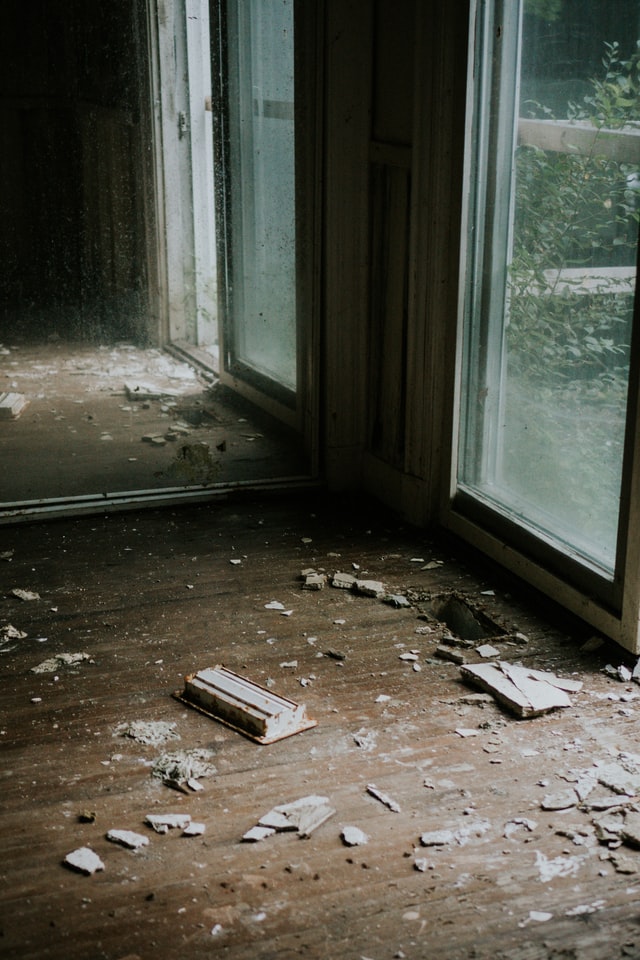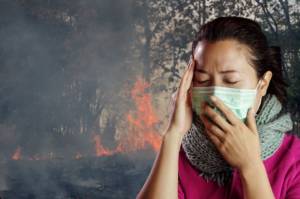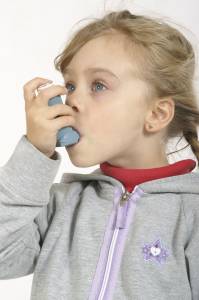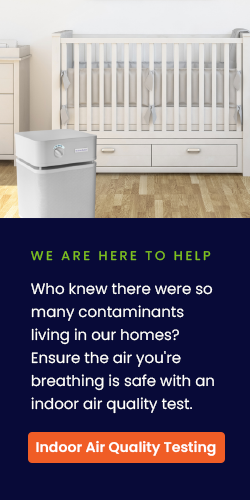Schedule a soot air test after a fire to ensure your home is as healthy as possible. The danger of soot does not end once the flames have died down. A fire or puff back can severely affect the quality of indoor air, particularly through soot contamination. In fact, this poses a serious health risk to you and your family. Also, modern building materials and furnishings are often created with materials that contain potentially dangerous chemicals. When these materials combine with fire or smoke, those toxic chemicals are released. Soot, ash, and char particles – as well as invisible chemical compounds – can linger for weeks, months, and even years after a fire, leaving behind a bad smell as well as toxic chemicals.
The Health Risks of Soot
Soot in particular can pose a huge health risk to you and your family. After a fire, soot can settle on furniture and cabinetry, and even inside air ducts. This soot can be resuspended into the air, even months after a fire. Soot is made up of tiny carbon particles that contain acids, metals, soil, toxic chemicals, and more. Soot occurs when fossil fuels such as wood, coal, and oil are burned. Because soot is acidic, it can damage your furniture and soft furnishings. And of course, it’s extremely dangerous when inhaled.
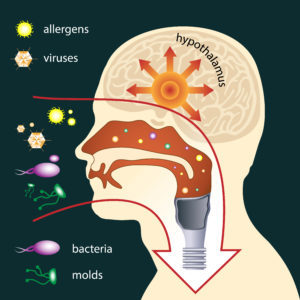
We know that particle exposure, via air pollution, leads to around 20,000 deaths in the U.S. per year, with soot contributing to many of them. Soot exposure can also cause or worsen many health conditions. The health risks of soot include:
- Asthma
- Bronchitis
- Pneumonia
- Heart conditions
- Allergic reactions
- Cancer
Soot has been identified as a cancer-causing substance, according to the National Cancer Institute. Soot can contain a range of carcinogens, such as arsenic, cadmium, and chromium. Infants, children, and older adults can be particularly susceptible to the health risks of soot. And your pets aren’t immune, either – soot can also harm animals. If you’re experiencing adverse health effects after a fire took place in or near your home or office – even if months have passed since the event – it could be that air contaminants are to blame.
Types of Soot
Often knowing the types of soot can lead to sources. Aciniform soot mainly originates from furnaces and combustion while ash soot results from fireplaces, burn pits, and wildfires. Soot settles indoors on surfaces and accumulates within air ducts. Normal living activity can redistribute soot particles for years!
Dangerous Fuel Odors in Your Home and What to Do About Them
Who Should Schedule A Soot Air Test
It can be helpful to test your air for soot and other contaminants after a fire of any kind. If you’ve experienced any of the below conditions schedule air quality testing for soot as soon as possible.
- Chronic obstructive pulmonary disease (COPD)
- Puff back from furnace
- Fire damage inside your home
- A fire in a neighboring house or building
- Wildfire nearby
- Neighbor that constantly burns wood or other debris
- Any form of respiratory illness
Be Proactive: Schedule A Soot Air Test
If you suspect a fire took place in or near your home before you moved in, it might be a good idea to get your air quality tested. As mentioned, soot and other contaminants can linger for years after a fire took place. Soot doesn’t only come from a full-blown fire: using candles too often or using your fireplace incorrectly, for example, can lead to the build-up of soot in your home.
Testing Your Indoor Air Quality After A Fire
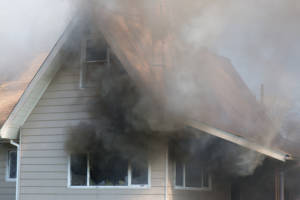
Dealing with the aftermath of a fire is never easy. Between the admin, the cleanup, and the potential trauma, you’ll have your hands full. Here at IndoorDoctor, we understand how stressful it can be to manage after a fire has affected your home or community. As such, we make indoor air quality testing as simple as possible. The IndoorDoctor Fire, Soot and Smoke Check includes the testing of toxic chemicals soot, fiberglass, and more. To test your air quality accurately, we also use a laser particle scanner to instantly measure lung-damaging debris in real-time. We can measure the effectiveness of your fire damage remediation strategy by providing initial, interim, and final testing.
https://www.indoordoctor.com/blog/coughing-at-home-your-indoor-air-quality-could-be-to-blamee/
Moving Forward: Dealing With Soot Contamination
An important part of our service is giving you advice on how to improve your air quality. However, we don’t just test for and diagnose issues: we offer our professional recommendation on how to move forward. We’re an independent, certified company that deals with over 15 000 kinds of inspections, including indoor air quality testing for soot contamination after a fire. To avoid the health risks of soot, it’s essential that you schedule a soot air test immediately. Call IndoorDoctor today at 800-466-1522 or fill out our Contact Form and we’ll get back to you!


